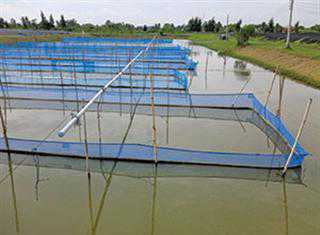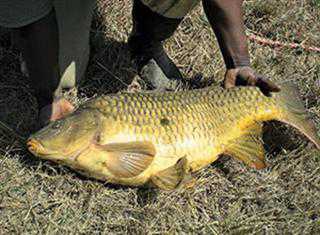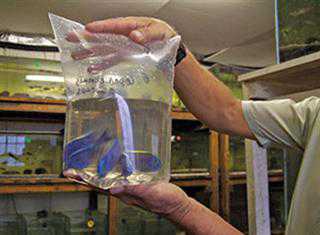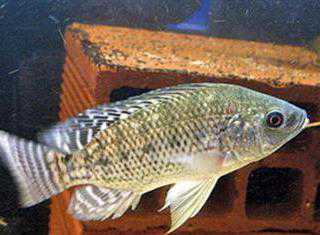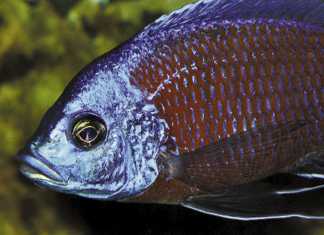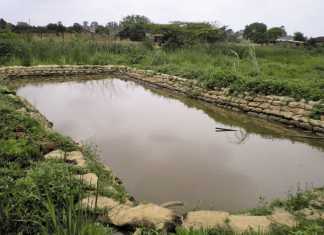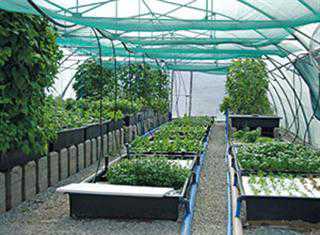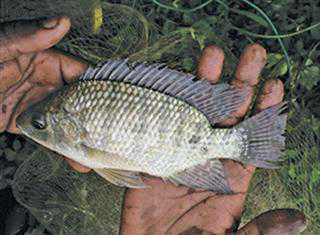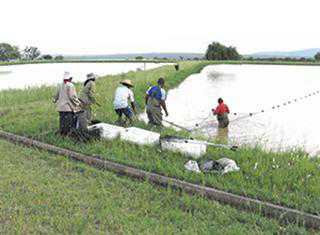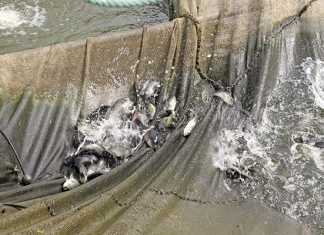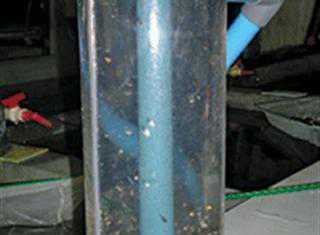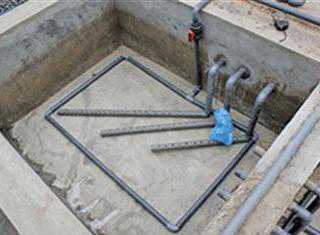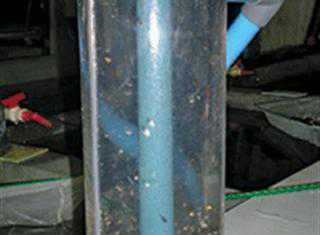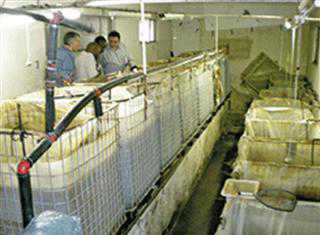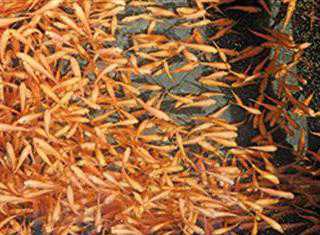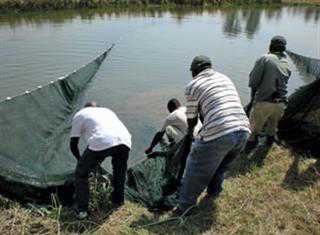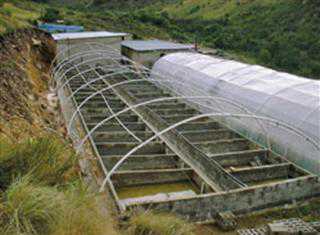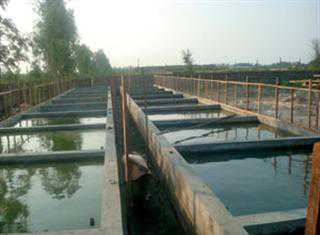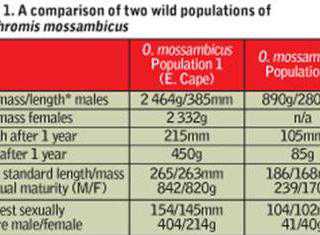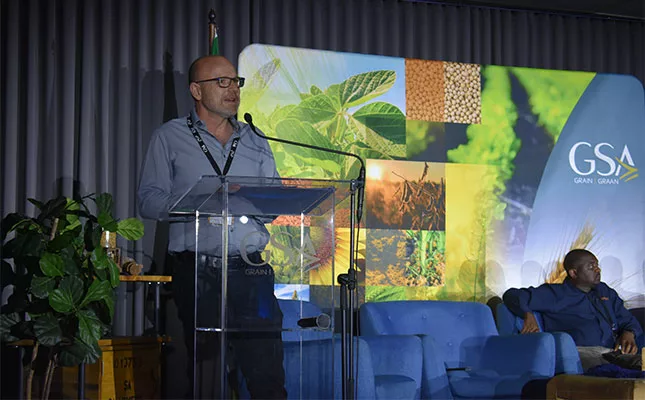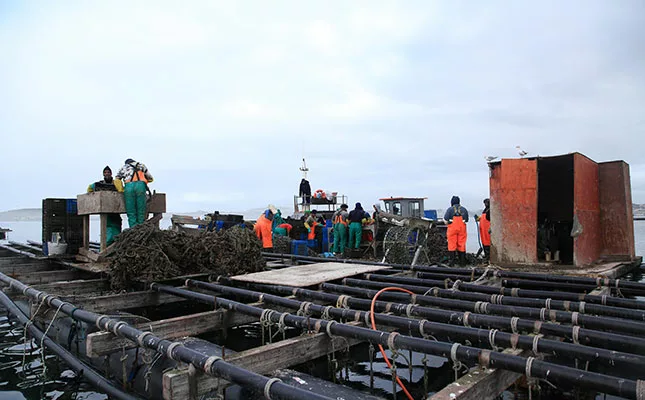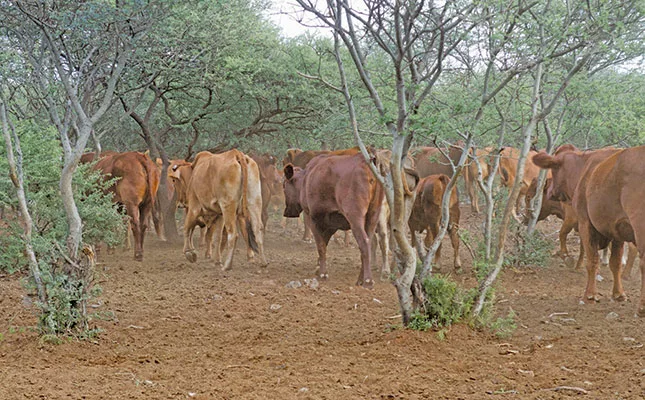Lessons in aquaculture from Asia
The technology used to produce African tilapias in Asia is simple but effective. What relevance does it have for fish farming in South Africa?
Alternative species for aquaculture
Catfish, silver barbel and other fish have farming potential, but there are obstacles.
Do’s and don’ts of moving fish
Special care needs to be taken when moving fish in order to minimise their stress levels and thus prevent unnecessary deaths.
The Great Nile Tilapia Debate
There are several species of tilapia to farm with. One appears to have the edge over the rest. But even this species is no miracle fish. Careful farming is still...
Ornamental fish farming
Produced on a small scale, this includes cold-water pond fish, such as koi carp, as well as tropical fish.
Making fish farming work
Most freshwater fish farms in tropical Africa operate with minimum investment and infrastructure. Despite this, many are doing well. What, then, defines ‘success’ in aquaculture?
All about aquaponics
Aquaponics is a mutually beneficial system. It is a great way of farming fish and growing plants organically – hence its increasing popularity in SA.
Tilapia industry requires funding
South Africa’s fledgling tilapia industry has now reached a stage where it needs to be able to speak to funding agencies and the government with one voice.
About pond aquaculture
Good husbandry, economically viable feeding and correct system design are the key to pond farming.
Trials for the tilapia industry
The tilapia industry is still in its infancy in South Africa, but is a lucrative investment with potential as a quality source of protein. Until markets are properly developed, the...
Freshwater options in SA
Aquaculture is far more diverse than many realise. The practice can vary in size, technique and breeds.
Good husbandry is the solution
Tilapia are hardy, but survival is one thing and fast growth another – and in culture units poor performance is invariably due to poor husbandry.
More on filtration
All too often, even well-built, hi-tech grow-out systems are let down by inadequate filtration.
The importance of sex reversal
Techniques to produce all-male fingerlings are now an established part of tilapia culture and the use of mixed-sex groups is a backward step doomed to failure in any undertaking.
Tilapia farming for smallholders
With tilapia culture new to South Africa, many entrepreneurs want to start small with a pilot project before investing substantial capital. This makes sense and is entirely possible.
Leave breeding to the experts
There are important issues to consider before taking on the breeding of tilapia.
Outdoor or indoor systems?
To answer this question, we first need to see what successful producers are doing elsewhere.
Tunnel design is important
Designs of aquaculture systems within fish-farming tunnels vary widely, and many have failed. What options are available and what are the non-negotiables when it comes to tunnel design?
Tilapia farming can be done in SA
Ignore all that talk of ‘poor species’ and ‘low temperatures’ – tilapia farming in SA can succeed, as long as a few fundamentals are followed.
Not all fish are born equal
Prospective fish farmers take the risk of using poor quality breeding stock when they buy fingerlings of unknown ancestry. Such fish will not grow rapidly to market size, despite good...

